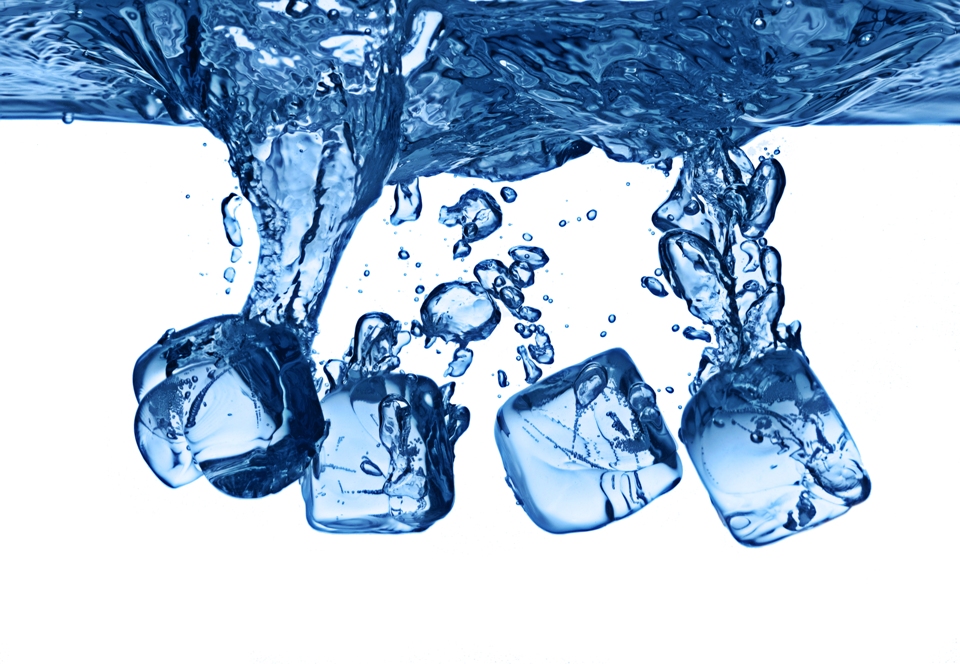
The Ice Bucket Challenge proves to us that the most effective marketing channel is your audience, says Jenny Ramage
The ALS Ice Bucket Challenge has been maligned as much as it’s been celebrated. There have been complaints from journalists, academics and even some beneficiaries that it trivialises a serious cause; that it does more to indulge the vanities and egos of participants than to raise awareness; and that it suggests pouring a bucket of water over your head is better than donating to charity.
Overall, the criticism seems to amount to claims of ‘narcissism masked as altruism’. But who is actually being slammed here? The criticism isn’t levied at the charity, or the cause; it’s levied at the humans who have shown an interest in the campaign - vain, self-obsessed, trivia-captivated creatures that we are. As interesting as all the psycho-social commentary surrounding the Ice Bucket Challenge is, is there anything in it that seriously suggests ALS has somehow screwed up, or lost out?
The fact is, it’s been an unprecedented opportunity for ALS to raise funds and awareness, and will go down as being one of the most successful charity campaigns of all time. Other charities must be green with envy (and if they’re not, they should be), because the Ice Bucket Challenge has so far raised $80m for ALS this summer. $80m!! And that includes donations from 1.7m new donors!
Don’t ask, still get
Interestingly, the majority of the Ice Bucket Challenge videos don’t even ask viewers for money. While ALS did start out on their campaign with a donation-related premise, this fell by the wayside pretty quickly as the campaign spread. The main thing was watching celebrities getting wet. Many of the most popular videos barely mention ALS (if at all), let alone ask the viewer to make a donation. While each participating celebrity calls on three others to take up the challenge, the everyday, non-celebrity viewers who make up the majority of the audience are asked to do nothing.
This in itself has triggered criticism from market commentators; people saying the point of it all got lost. As though this was somehow detrimental to ALS, and/or to charities as a collective. The critics seem to suggest that if each each dousing had been accompanied by more information about ALS, and a call to donate, then the benefits would have been much greater.
Actually, whether by accident or design, the campaign got it spot on. If the videos had focused too much on the cause, viewer fatigue would almost certainly have set in much earlier. Including a blatant ask would have highlighted the gimmickiness of the campaign to the point that the audience (mainly people who just wants to watch videos of celebrities getting soaked, not sit through 20 ‘donate now’ messages) would likely have switched off.
Rippling out
ALS captured a huge audience in a very simple, efficient and effective way. With barely a dime spent, it’s branded a new, fun spectator sport, which everybody can enjoy and share. Beyond that, all the hard work to raise awareness and funds has been done for them: the craze rippled out first on social and then on mainstream media, drawing other audiences in, and the charity’s message has got out organically. The audience has become the marketing channel. As Richard Turner said in this article about data segmentation: “As a sector, we need to ... focus on leveraging our supporters’ social capital, and on treating our supporters as a channel in themselves.”
The viewers of the celebrity Ice Bucket Challenge are not even asked to share the videos; they just do it, because the material is so highly shareable - not just physically (just click the ‘share’ button) but also in its mass appeal (celebrities are popular). Despite being asked to do nothing, they’ve collectively gone and done all the hard work.
The campaign is almost entirely supporter-centric, and this has been key: it knows what people want, and gives it to them. It’s done this so perfectly, it’s apparently been able to bypass many of the usual principles of fundraising - like demonstrating impact on the cause, for example.
Some will say all of this undermines the essence of philanthropy, many others will be on the hotline with their marketing team trying to figure out how they can achieve what ALS has achieved. The copycats are already starting to roll in.
Jenny Ramage is editor of The Fundraiser
UPDATE - Thursday 28 August
Since writing the above, the Ice Bucket craze has spread beyond the realm of celebrities, embedding itself firmly in the Joe Bloggs mainstream. In the last couple of days, my Facebook news feed has become clogged with videos of my chums completing the challenge - to the extent that I think I may have to leave Facebook, I just can’t take it any more... (just kidding).
In other news, yesterday Tesco announced it’s going to donate profits from the sale of ice cubes, which has surged in the last few days, to English MND charity, Motor Neurone Disease Association. It’s so far donated £20k and is challenging other supermarkets to do the same.
The total amount raised for ALS has reached $100m. Meanwhile Motor Neurone Disease Association has received £2.7m in donations, and Macmillan, which has been hosting a separate version of the Ice Bucket Challenge, has raised more than £3m.
What do you think of the Ice Bucket Challenge? Leave your comments below.




